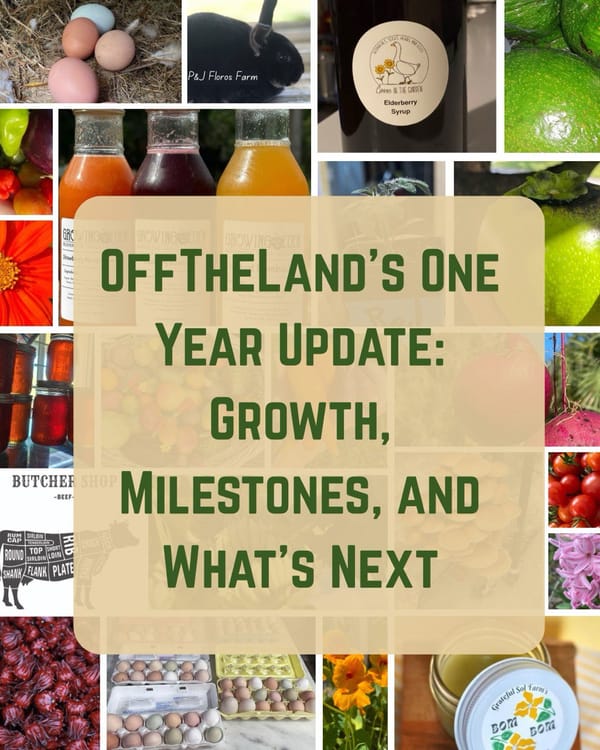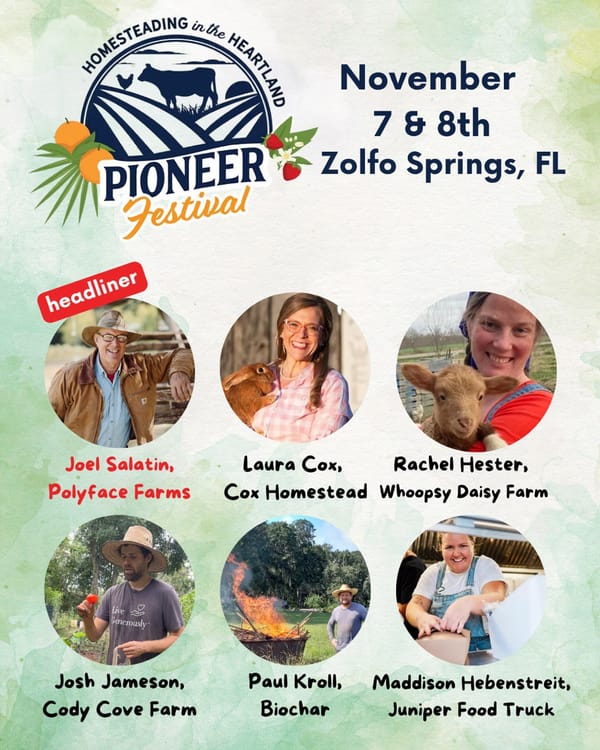Our Food System Just Broke.
Our food supply chains are a complex web of inter-dependencies, where a hiccup at one end can cause a domino effect, leading to shortages, price hikes, and quality issues at the other.
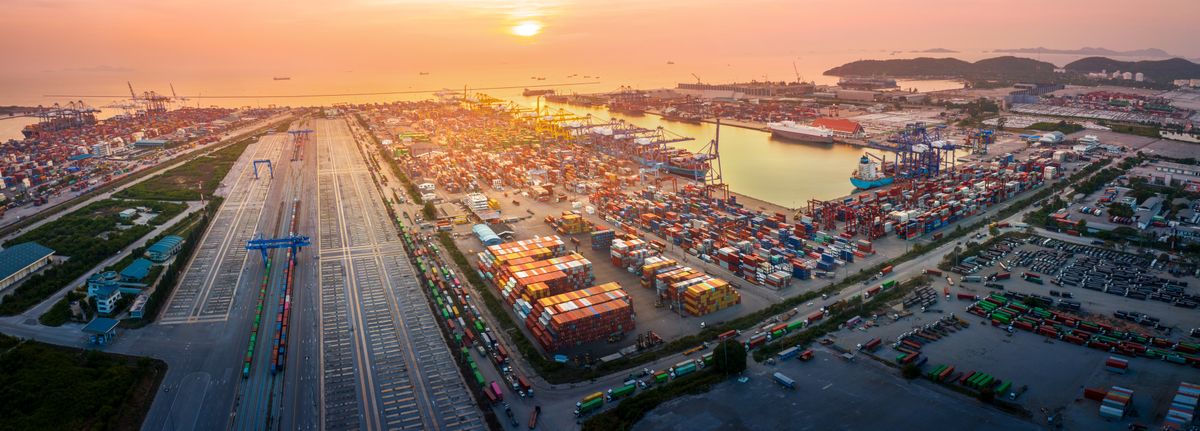
Our food supply chains are a complex web of inter-dependencies, where a hiccup at one end can cause a domino effect, leading to shortages, price hikes, and quality issues at the other. From factory fires and cyberattacks, to X10 solar flares, geopolitical conflicts and energy security concerns, the challenges are multifaceted and far-reaching. We will introduce a viable decentralized system that has grassroots in local farm-to-fork food movements and regenerative agriculture. As a reward, you will learn how to save 50% on food costs, and enable your local farmers to get a 34% pay raise.
1) The Hidden Truth: Decoding the Farmer’s 16-Cent Share.
Out of each dollar that you and I spend on food, only 16 cents makes it to the farmer, while the remaining 84 cents are absorbed by various stages of the global food supply chains[1]:
• Multiple distribution networks add expenses due to transportation, warehousing, and handling fees.
• Other intermediaries such as processing facilities, transform raw commodities into “shelf-stable” products, thus incurring costs for machinery, labor, and energy.
• Finally, retailers further dilute the farmer's earnings with overheads such as employee salaries, marketing, and store maintenance.
Each step above, reduces the farmers’ portion of the food price, leaving them with just a small fraction (16%).
The beauty of buying local, is that you can pay 50% less, and still give your farmer a 34% bump to invest into producing a better quality product just for you! How? OffTheLand enables homesteaders, small scale farmers, hobby growers, and fishermen to offer their goods directly to conscious consumers that want local, seasonal, and “clean” food, with transparent labeling. By side-stepping the enormous expenses associated with costly, worldwide supply chains, both producers and consumers are able to obtain fair prices without giving up control.
2) The Pricey Path of Your Plate.

The food that we purchase, on average, travels 1500 miles before it gets onto our plate [2]. Long supply chains can lead to greater price volatility as a result of fluctuations in transportation costs, labor costs, and other factors. Every step of the supply chain is affected by inflation and other economic pressures, so you are left feeling the full cumulative effect, because price increases are always passed downstream to the consumer.
OffTheLand aims to localize & decentralize as much of the supply chain as practical. There are many local growers, gardeners, ranchers, and fishermen in your area that are able to provide much of your dietary needs. It is never wise to put all your eggs in one basket, and neither does it make sense to depend exclusively on the global supply chains for all your needs, all of the time.
3) How Global Supply Chains Compromise Our Health.
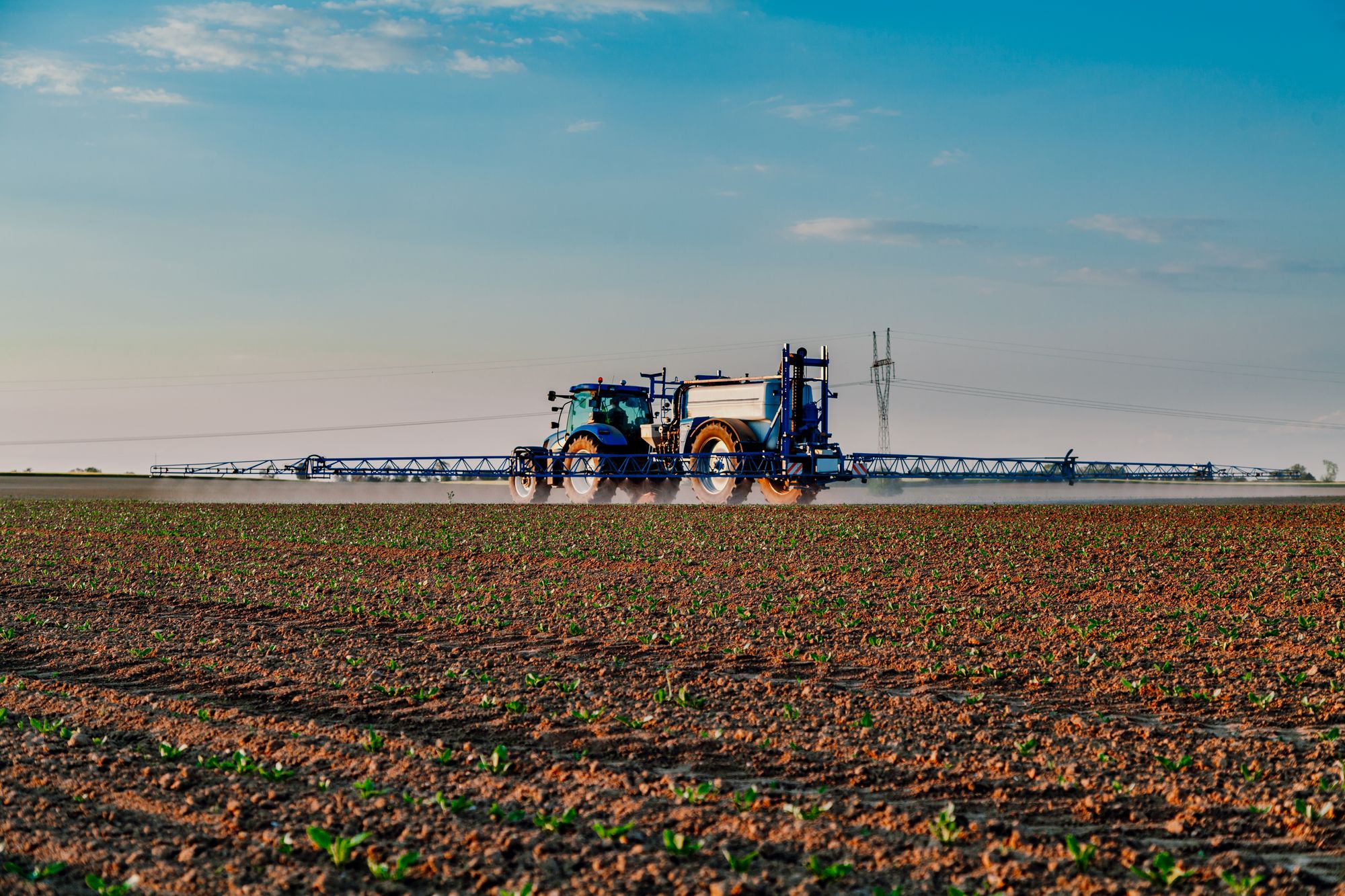
Whereas the conscious consumer prioritizes nutrient density, flavor, and knowing what chemicals (if any) were sprayed on the produce, the global food supply chains are primarily focused on making produce tough enough to withstand thousands of miles on the road, and once on the display, extending the shelf life for as long as physically possible. Produce is often picked unripe, and then gassed with ethylene (ex: tomatoes) or injected with artificial red dyes (ex: watermelon) to make them look ripe. Grocery stores spray produce with chemicals such as Hypochlorous Acid, to kill bacteria on the surface of the veggies, in an effort to extend the shelf life. The result is boring, muted flavor, reduced nutrients, and likely a product that does more harm to your internal microbiome than good.
Get to know your local farmers, ranchers, homesteaders, and their organic offerings--OffTheLand exists to facilitate that connection! Fall in love with the aroma of seasonal local produce—it was picked just for you a day or so ago, at its peak ripeness, and it likely bolsters a unique heirloom heritage! Savor your meals knowing that your food was untouched by the harsh hand of synthetic chemicals, and the soil was nurtured using regenerative growing principles!
4) The Vulnerability of Our Global Food Lifeline.
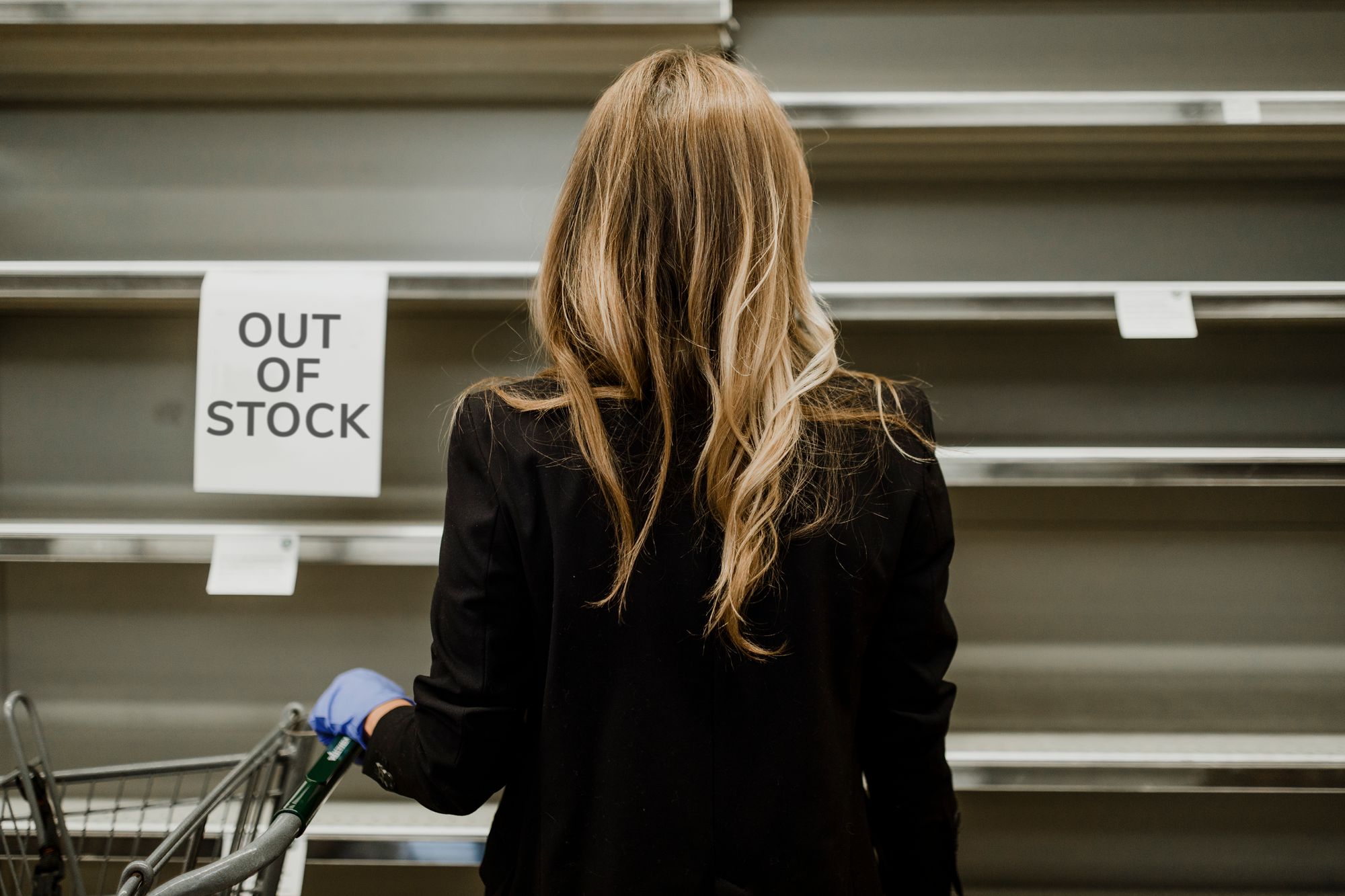
Supply chains are fragile: a single event like a cyberattack, another virus outbreak, an X10-class solar flare damaging our satellites, a power grid failure, or a black swan event could halt or severely impact your ability to obtain food. For example, the COVID-19 pandemic caused major interruptions in the food supply chain, leaving food stranded upstream and posing food-security risks [3]. The longer the supply chain, the greater the vulnerability to disruption!
It shouldn’t be a surprise that hyper-local food from your garden & the farm down the street are your best, most reliable bet. If computers shut down, the world goes into a lockdown, or the container ships have to wait for weeks to unload, your calories will still be secure. So get to know your farmer; support them now, and they will feed your family during hard times ahead.
5) The Lose-Lose-Lose Reality of Our Food Supply Chain!
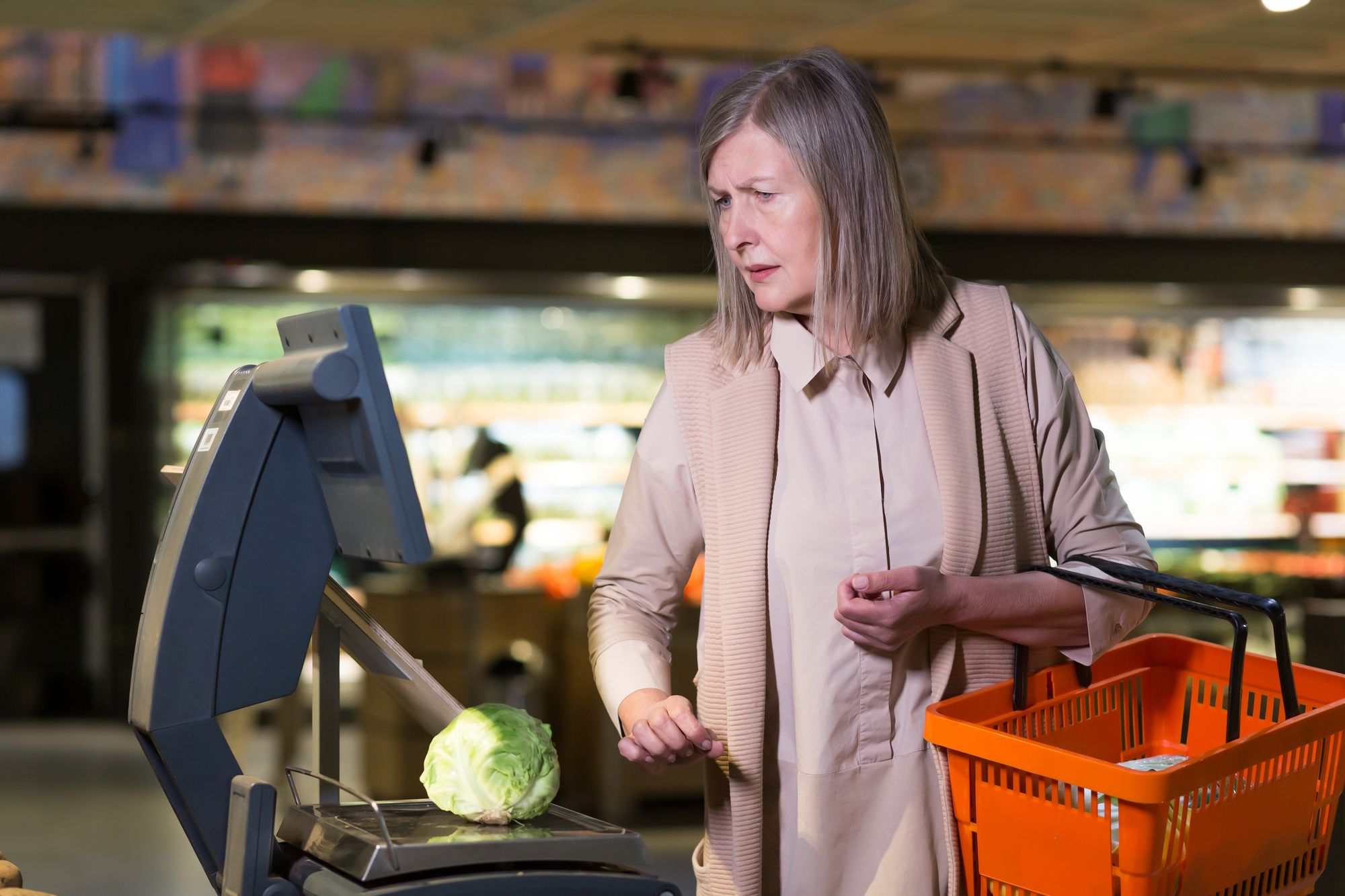
Our current food supply chain is a lose-lose-lose situation for farmers, farm workers, & consumers. In an op-ed published on Euronews, Eurof Uppington states the following: “Our food industry is like an hourglass, with millions of consumers downstream and thousands of producers upstream, but in the middle of each national market sit just a handful of dominant supermarket brands coupled with a similar number of processed food brand owners” [4]. Supermarkets, often opt for cheap, low-quality produce sourced from countries where farming practices and workers’ rights are not respected. This approach has a domino effect on local farmers, who are then unable to compete with the ultra low prices offered by foreign farms, and are thus forced out of business. But the consumer doesn’t even get a low price in the long term, because after the competition is wiped out and the monopoly is established, the food prices spike again. Meanwhile, the foreign farm workers producing these goods are exploited even further, and the produce quality tanks. Lose, lose, lose.
Local decentralized food creates a direct connection between farmers and conscious consumers. There is a great sense of trust & accountability, everyone gets a fair market price, and their contributions are valued. The local economy is strengthened as a result, and the standards of living are improved. There is also an effective feedback loop from the consumer, back to the farmer: this is almost impossible in the global food model.
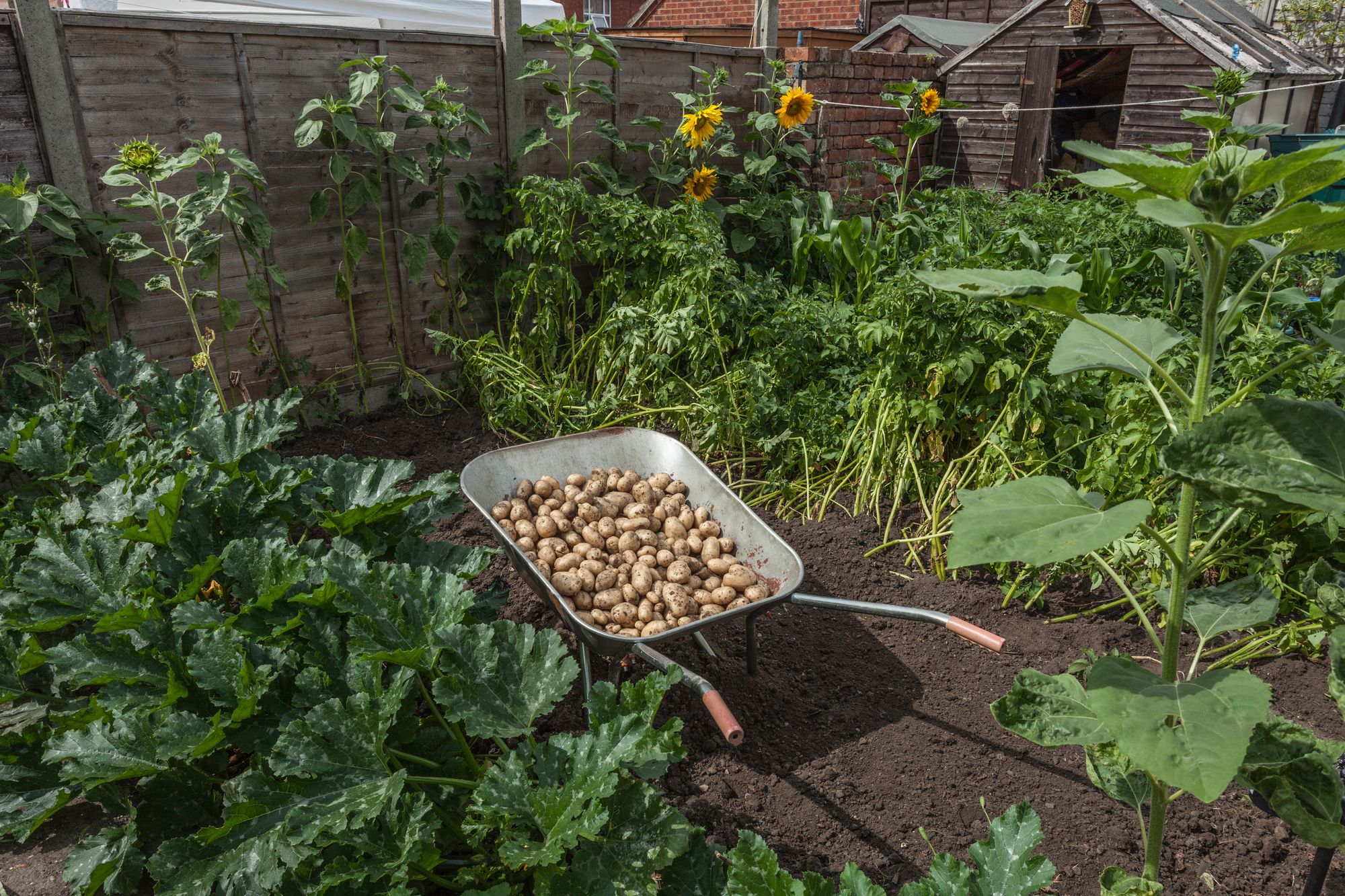
Summary & Future Vision
The change starts with you and I on an individual level. If you are fortunate to own a lawn, plant 3 different fruit trees this month—they are cheap, very low maintenance, and in just a few years will surpass your expectations with abundance. You will literally be growing money on trees. Look into getting some chickens, or if you have HOA restrictions, get quail. Grow a peaceful little food garden in your backyard, let it be your quiet place to escape the craziness of the world, and to create beauty.
In the meantime, OffTheLand will be creating a decentralized food supply chain, that consists of local hobby farmers, small-scale ranchers, fishers, and food gardeners, just like you. You will be able to quickly see on a map all the offerings in your zip code, and buy, share, and trade with your like-minded neighbors! You will also be able to make a side income from selling seeds, plant starters, consulting, services, and any other bounty from the land (those fruit trees will be booming)! Along the way, bigger regenerative farmers & ranchers will join the movement, as long as they are willing to disclose what chemicals were used to grow the food and raise the livestock.
Let’s grow an amazing future!
1. “USDA Economic Research Service. (2020). Food Dollar Series: Documentation. U.S. Department of Agriculture. Retrieved from USDA ERS. https://www.ers.usda.gov/data-products/chart-gallery/gallery/chart-detail/?chartId=103547
2. Hill, H. (2008). Food Miles: Background and Marketing. National Center for Appropriate Technology. Retrieved from https://attra.ncat.org/publication/food-miles-background-and-marketing/
3. McKinsey & Company. (n.d.). US food supply chain: Disruptions and implications from COVID-19. https://www.mckinsey.com/industries/consumer-packaged-goods/our-insights/us-food-supply-chain-disruptions-and-implications-from-covid-19
4. Uppington, E. (2024, February 7). Supermarkets are the gatekeepers stacked against people who grow what we eat. Euronews. Retrieved from https://www.euronews.com/green/2024/02/07/supermarkets-are-the-gatekeepers-stacked-against-people-who-grow-what-we-eat



